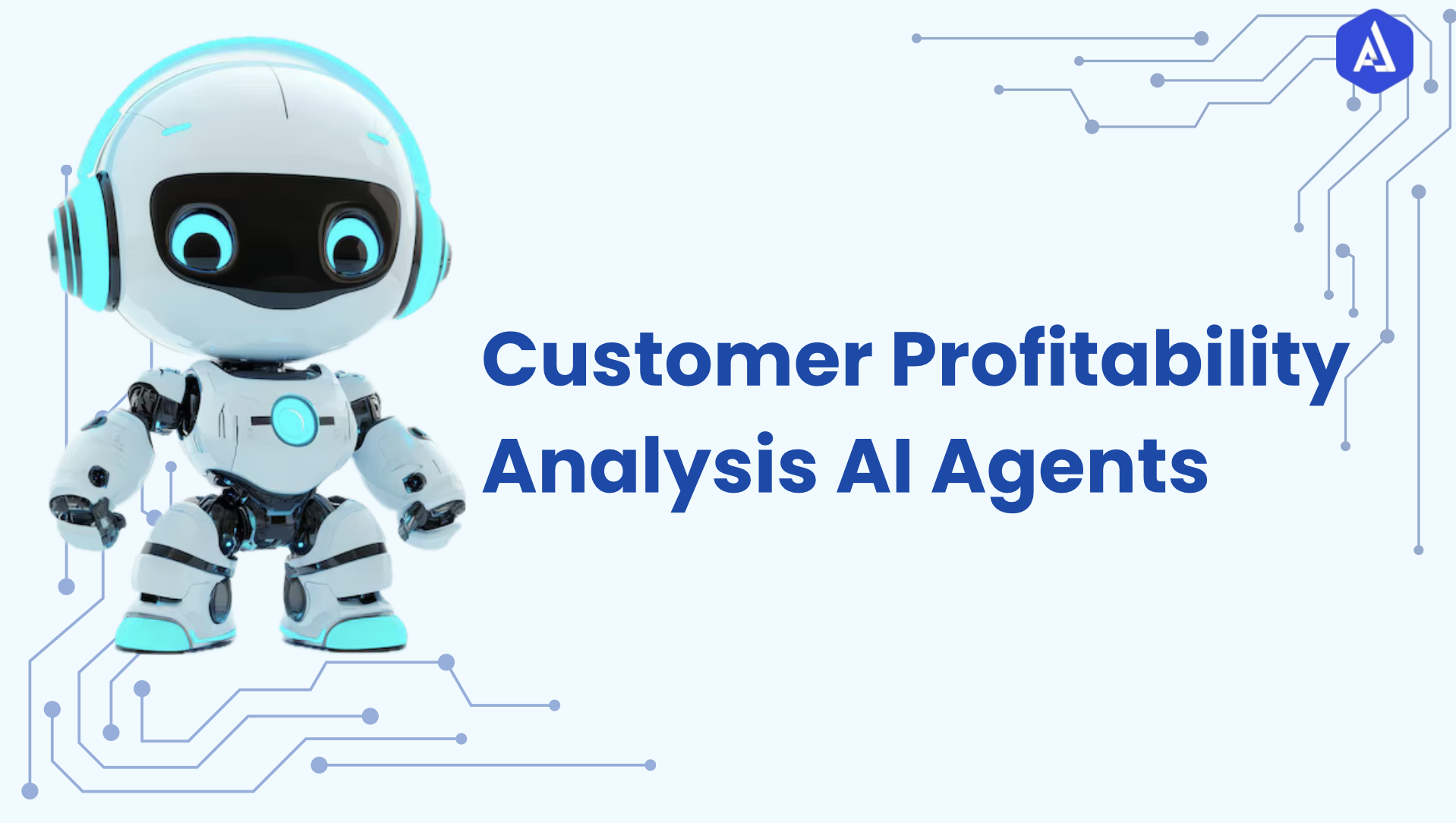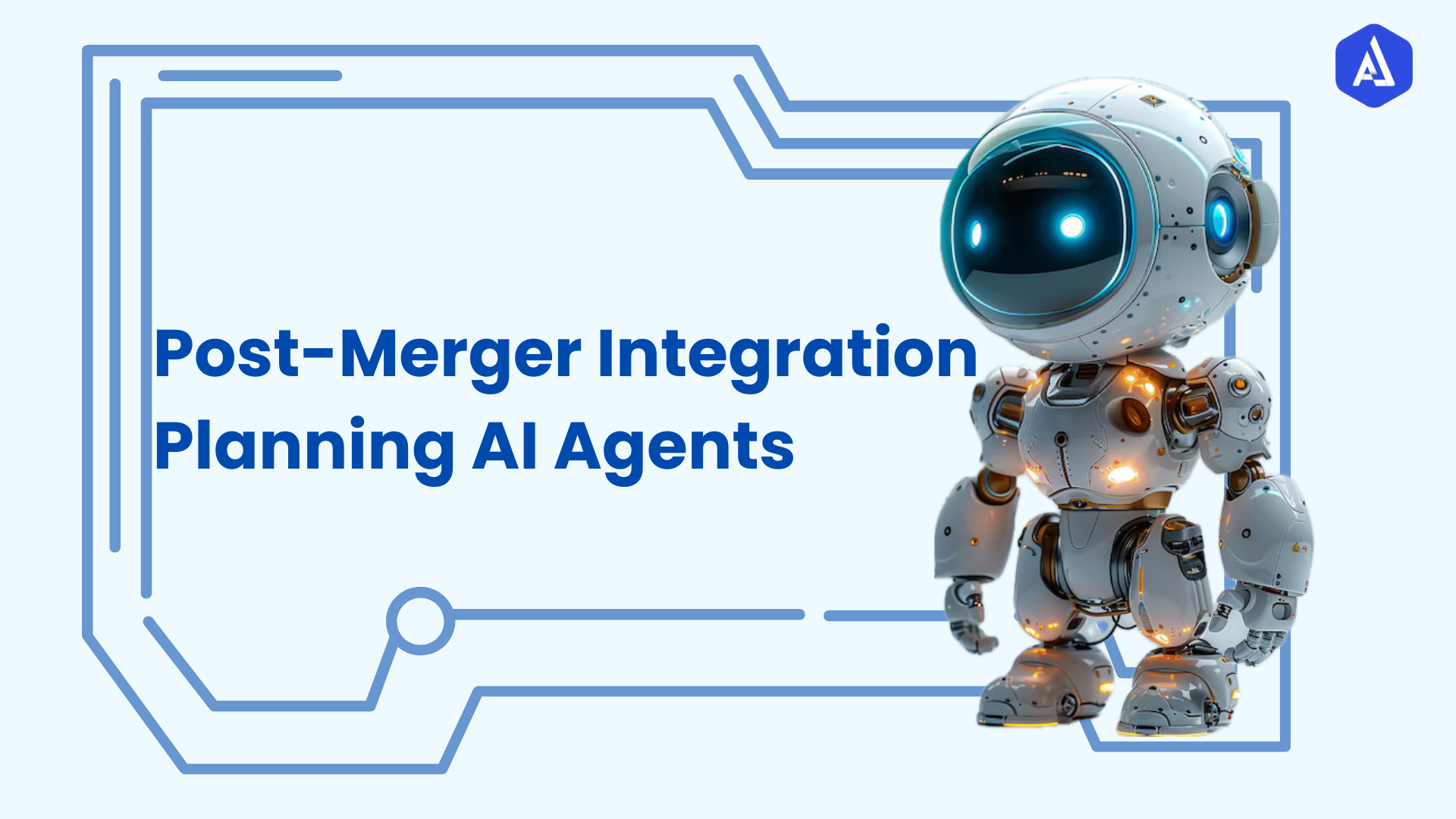Introduction
The Export Knowledge Agent is an active knowledge tool which is used to parse data from several sources into a CSV format. Its main purpose is to help in organizing and processing the data to allow users to work with big data tools. This agent has greater ability and flexible types of formatting algorithms which improve the functionality and availability for decision making.
Export Knowledge Agent Overview
The identifiers of the Export Knowledge Agent model envisage an optimal separation of data sources, as well as minimize the necessity of encountering complex and new or unknown data structures as well as types. i.e., the main function is to transform big data files into the CSV type, which allows for better sorting and analysis.
Core features consist of data cleansing, various options for output format forms (normal and with multiple columns), as well as adapt functionalities for other applications. The agent itself is built with highly advanced algorithms to perform efficient data collection and data management systems.
Such a tool is vital to data analysts, business intelligence, and machine learning engineers as it affords them the opportunity to make decisions based on data that is well sequenced.
Use Cases
-
Data Analysis for Researchers: The agent can be utilized by researchers to scrape courses, lecturers and papers from academic databases and write the output to CSV files useful for statistical analysis. This empowers them to alter and visual the data through utilizing whatsoever like R and Python in their research.
-
Business Intelligence Reporting: BI specialists can use the agent to preprocess the information to be applied to dashboards or reports. Communicating data scientists and analysts can export data in a wide format, further creating a richer visual depiction across data landscape tools like Tableau or Power BI thereby improving decision making tools.
-
Market Research: Market analysts can collect and categorize customer feedback information from the various sources available to them to get the flow of the market. That way, cleaning and formatting of data is done well by the agent, which makes analysts work with correct information.
-
Machine Learning Model Preparation: The agent is highly useful to machine learning engineers as they can use it to export structured data in a suitable format for training datasets. The convenience of the decision to perform one-hot encoding of categorical variables significantly facilitates the processes of the first phase of building models.
-
Financial Analysis: The agent can help financial analysts aggregate the financial information obtained from several data feeds into a single CSV file so the analysts can easily compare information extracted at various times. This proves useful when developing reports that may be used to guide decisions on investment.
-
Customer Relationship Management (CRM): CRM experts can move the data about customers’ interaction and analyze trends in approaching customers for increasing effectiveness of used marketing tools. In the current capacity, the agent could sort the data, making it easier to design specific advertisements targeting a particular behavior from the customers.
Tools and Technologies
-
Data Retrieval Mechanisms: It allows correct identification of specific sets of knowledge before export.
-
Data Cleaning Algorithms: One can simply tell a program to disregard all the duplicates, make reasonable missing values and correct imperative formatting errors to get high quality data.
-
Formatting Options: Enables one to use standard as well as wide formats. Yet, in the case of dealing with categorical data, it is possible to perform one-hot encoding when using wide format.
-
Categorization Features: To classify the resulting structured data a possibility for specifying a column is offered by the application.
-
Integration Capabilities: Furthermore, it interacts purely with applications such as excel, R, tableau, power BI etc., and supports audited data export.
-
Export Functionality: It processes and cleans data into an accessible and storable downloadable CSV format.
Benefits and Values
The Export Knowledge Agent provides several key advantages that enhance its utility for users:
-
Streamlined Data Management: In the given solution, exporting data from the specific knowledge sets into CSV files is made easy by the agent thus enabling adequate monitoring and handling of large datasets by the user. This capability enables the user to evaluate the information and apply it in various operations.
-
Flexible Formatting Options: More than that, it has standard and wide format options when moving data out. This flexibility guarantees that the exported dataset is needed for analysis in terms of arrangement either as simple list as needed or as categorized.
-
Improved Productivity: The extracted and formatted data, rather than being an additional burden to users, are now delivered to them with great convenience through the agent, eliminating data preparation work which may otherwise be cumbersome. This results in high efficiency and broad decision making in organisations.
-
Enhanced Data Quality: The exported datasets are clean due to the inherent data cleaning tools of the agent. To gain maximum benefits from such an approach, reliable information must be collected.
Usability
The Export Knowledge Tool is intended to make exporting the knowledge learnt in a certain set out to a CSV file as easy as possible. However, this tool is essential for users intending to manipulate large data to use or display it in other applications or share with others. Basically, following these simple four steps will help you transform immense quantities of data into a form that will meet your required form of organization.
Step-by-Step Guide
Step-by-Step Guide for Exporting Knowledge using the Export Knowledge Agent.
-
Enter Your Knowledge Set: The first one is the title of the knowledge set you desire to export. This is a mandatory field so ensure it is correct, and you will get the right dataset. Some of these will be sanitising and standardising which the tool will do on the dataset title to make it compatible.
-
Specify the format: Choose how you would like to export your data. It has set width and a large width That means? Standard format exports the data just as they are; the wide format one-hot encodes some of the chosen columns for easier examination on the categorical values.
-
Optional Categorization Column: If you choose wide format, you can input a categorization column for one hot presented in the video below. Subsequently, you engineer the outputs of categorical based variables into a more analyzable form. And, in case it does not exist, the tool requires a valid name to be entered.
-
Verify Existence of Dataset: What it does next is check if the dataset you have specified to be present in the database is present or not once you key in your requirements. If it does not exist, then you are required to confirm your entry to ensure there are no export problems.
-
Fetch and Transform Data: After the presence of the dataset has been ascertained, the tool goes ahead to retrieve the dataset and rearrange it in a manner you desire. This involves imputation of missing values and renaming of that huge list of columns which you have defined with the help of the alias maps.
-
Export Formatted Data to CSV: Finally, you will export formatted data into a file and the format will be CSV. You simply receive a link to the file, which makes you prepared to make use of the extracted data for the next analyses or sharing.


